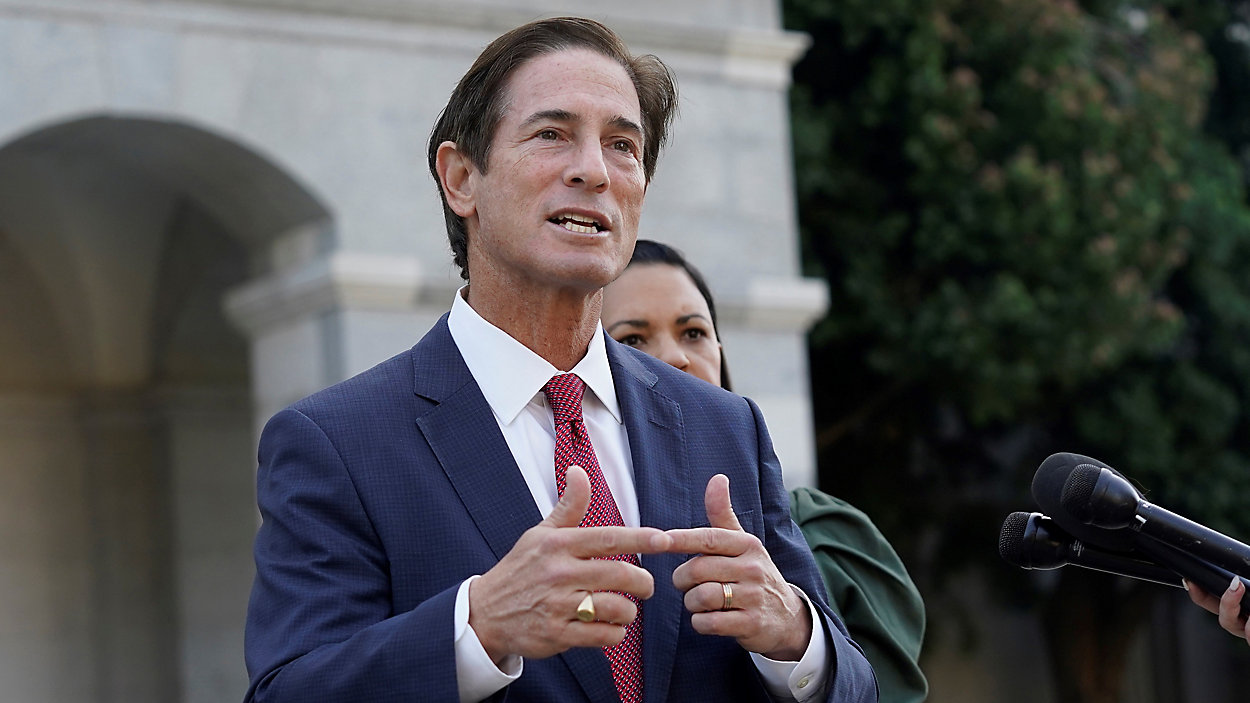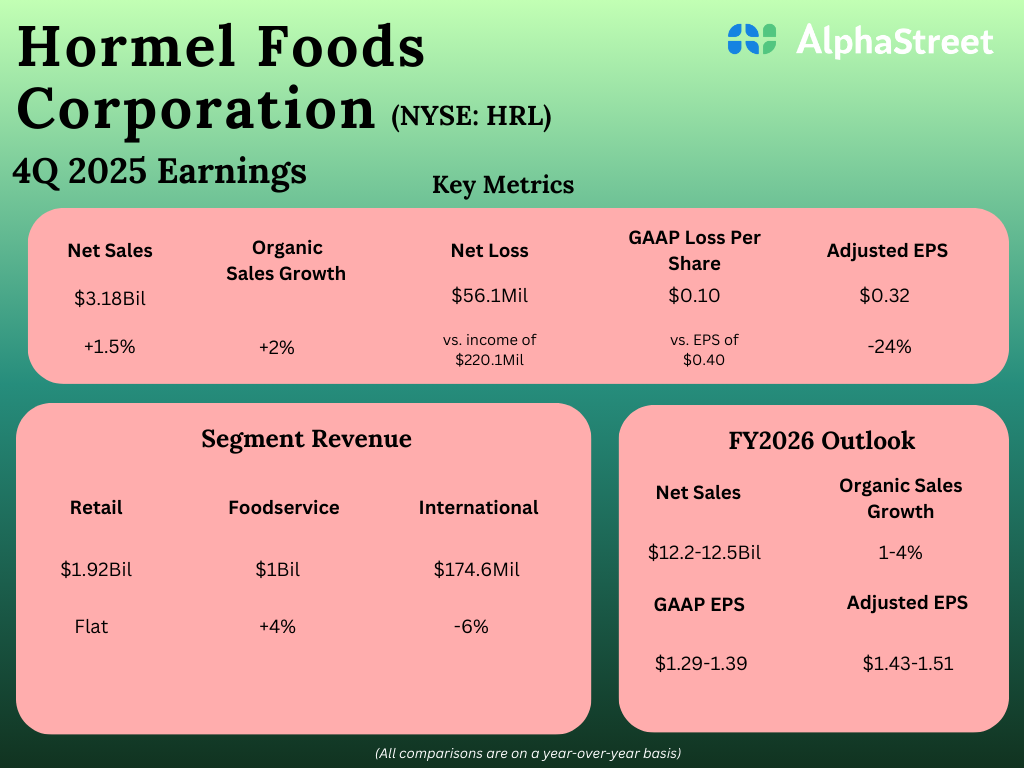The digital asset industry has lost over $500B to permanent asset loss, with private key failures, system breaches, and infrastructure outages creating an existential threat to institutional adoption. Despite major advances in key-based security and MPC architectures, the fundamental problem remains: when institutions lose private keys or hackers compromise them, they lose assets forever. Circuit addresses this challenge by introducing the first asset recovery technology that operates independently of private keys, enabling institutions to automatically extract digital assets to safety even when keys become inaccessible or infrastructure fails. Through their breakthrough Automatic Asset Extraction (AAE) technology, Circuit embeds recovery logic directly into wallet infrastructure, providing exchanges, custodians, and lenders with pre-authorized recovery flows that activate when systems break. As European regulators implement MiCA requirements for safeguards against loss and theft, regulated custodians like Tungsten and Palisade adopt Circuit’s technology to meet compliance mandates. Meanwhile, institutions increasingly recognize that they cannot guarantee loans backed by unrecoverable assets, as evidenced by the Federal Housing Finance Agency instructing Freddie Mac and Fannie Mae to consider cryptocurrency recoverability in their mortgage risk assessments.
AlleyWatch sat down with Circuit CEO and Founder Harry Donnelly to learn more about the business, its future plans, and recent $4.5M Seed round led by Nyca Partners.
Who were your investors and how much did you raise?
Circuit completed a $4.5M Seed funding round led by Nyca Partners, alongside Soma Capital, New Form Capital, The Venture Dept, Silicon Badia, Druid Ventures, Belvedere Strategic Capital, and other strategic backers.
Tell us about the product or service that Circuit offers.
Circuit is infrastructure for the moments when everything goes wrong. It gives digital asset platforms, from exchanges to custodians, a built-in safety net that can automatically extract assets the moment a breach, failure, or key compromise is detected.
At the core is Automatic Asset Extraction: a new recovery technology pioneered by Circuit. It lets institutions move funds to safety in real time, without giving up control.
Circuit is the first system designed to solve crypto’s $500 billion asset recovery problem before the damage is done.
What inspired the start of Circuit?
The digital asset industry has always depended heavily on private keys to protect and access funds, but this comes with serious risks.
We set out to create a new way to recover assets that didn’t rely solely on keys, and in doing so, realized we were opening up new possibilities for how institutions protect and manage digital assets.
The critical role our infrastructure plays is becoming even more clear, as MiCA and other regulators implement safeguards against loss, theft, and system failure—including expectations for incident prevention and mitigation.
How is Circuit different?
Circuit is the first system that enables asset recovery even when private keys are lost, stolen, or inaccessible. Unlike traditional wallet or custody solutions, Circuit integrates with existing infrastructure to fill a critical gap in threat response. By separating recovery from key access, it transforms a manual, high-risk process into an automated, onchain safeguard. This makes recovery a native part of crypto security — not an afterthought.
What market does Circuit target and how big is it?
Circuit’s addressable market includes thousands of crypto exchanges, custodians, lenders, stablecoin issuers, OTC desks, and tokenization platforms worldwide, including any institution holding or moving digital assets at scale.
These are the entities most exposed to catastrophic loss from hacks, key compromise, or infrastructure failure.
What’s your business model?
Our platform operates on a tiered subscription model, with pricing based on two key factors: the number of wallets and assets under management. It’s designed for institutional clients, with monthly fees that scale according to the size and complexity of each organization.
How are you preparing for a potential economic slowdown?
Rather than slowing down, crypto is accelerating, driven in part because of macroeconomic fragility. In the first half of 2025, sovereign debt concerns, weakening trust in central banks, and slowing global growth have renewed interest in Bitcoin and stablecoins as hedges against systemic risk.
Countries like El Salvador and Bhutan have expanded their Bitcoin reserves, and institutions have increasingly reallocated toward digital assets for diversification and resilience.
Stablecoins are now settling over $2T in monthly onchain volume– surpassing Visa– and are gaining traction, having seen record adoption in high-inflation markets such as Argentina, Turkey and Nigeria. Onchain dollar volumes are outpacing traditional remittance flows in multiple corridors, solidifying crypto’s position into a functional economic tool, not just a speculative one.

At Circuit, we’re building infrastructure for this shift. Our automated, non-custodial recovery platform helps institutions reduce risk and maintain continuity, meeting the moment as digital assets become more embedded in global financial systems.
What was the funding process like?
It wasn’t easy. We were tackling a complex, under-addressed problem in a market that’s not always easy to explain in one sentence. That said, we were fortunate to have early believers, including Nyca as our lead investor, in addition to our six other VC backers and 20+ angel investors as supporters. We had to speak to a lot of different people in the industry to find them but it was worthwhile.
What are the biggest challenges that you faced while raising capital?
One of the bigger challenges was trying to secure belief about new unproven technology we were bringing to market and how that could scale. You’re not just selling a product, you’re selling your clarity of thought and ability to execute. That takes belief from investors.
What factors about your business led your investors to write the check?
Investors recognized that Circuit solves a fundamental, and largely unaddressed, problem in crypto: how to recover assets when things go wrong. Our programmable security model offers a structural shift from reactive security to automated, real-time protection. That, combined with growing regulatory pressure around asset safety and business continuity, made it clear we’re building critical infrastructure for the next phase of institutional adoption.
What are the milestones you plan to achieve in the next six months?
We are focused on expanding support for new clients, integrating with more wallet systems, and extending our capabilities across multiple blockchains. Our team is also working with regulators and insurance providers to help define standards for recovery infrastructure. As adoption grows, we plan to roll out features for DAOs, foundations, and eventually individual users. The goal is to make programmable recovery a normal part of how digital assets are managed and protected.
We are focused on expanding support for new clients, integrating with more wallet systems, and extending our capabilities across multiple blockchains. Our team is also working with regulators and insurance providers to help define standards for recovery infrastructure. As adoption grows, we plan to roll out features for DAOs, foundations, and eventually individual users. The goal is to make programmable recovery a normal part of how digital assets are managed and protected.
What advice can you offer companies in New York that do not have a fresh injection of capital in the bank?
For companies in New York that don’t have a fresh round in the bank: Keep going if you have conviction. Focus only on the most important things that can bring a step change in your business, everything else distracts.
Where do you see the company going now over the near term?
Right now, we’re focused on building solutions for enterprise clients to address the estimated $500B in crypto asset losses. Over time, we see this expanding to protect individual investors as well, offering security at every level of the market.
What’s your favorite summer destination in and around the city?
McCarren Park.
























